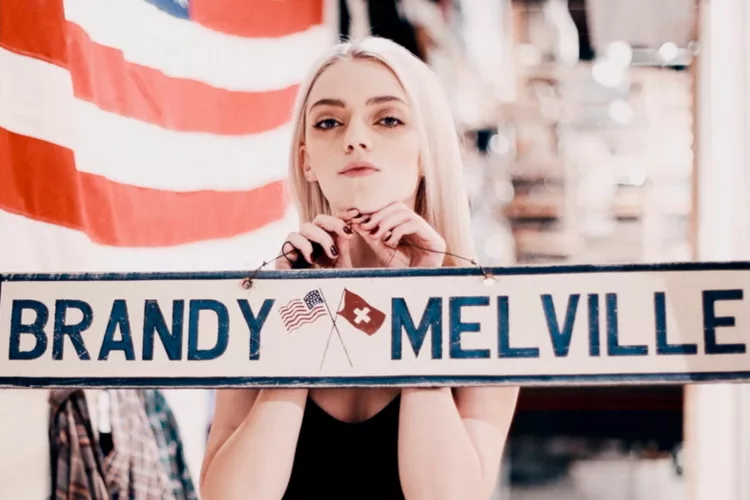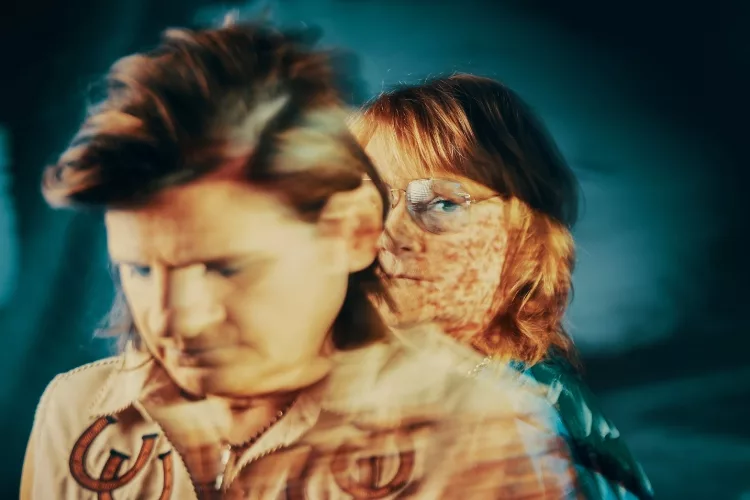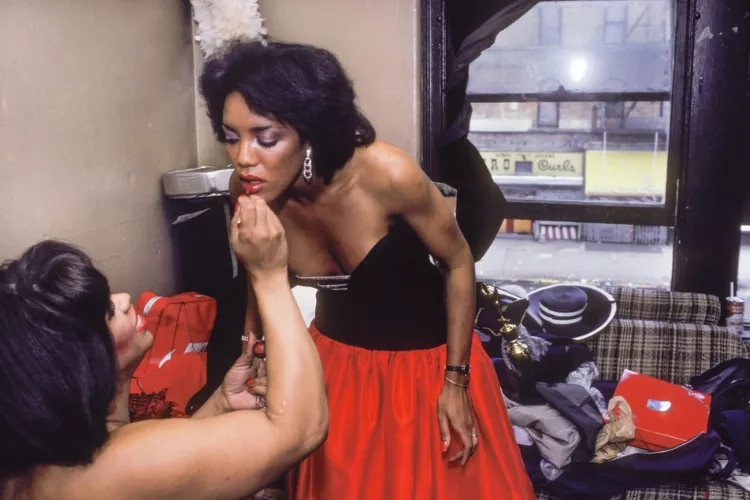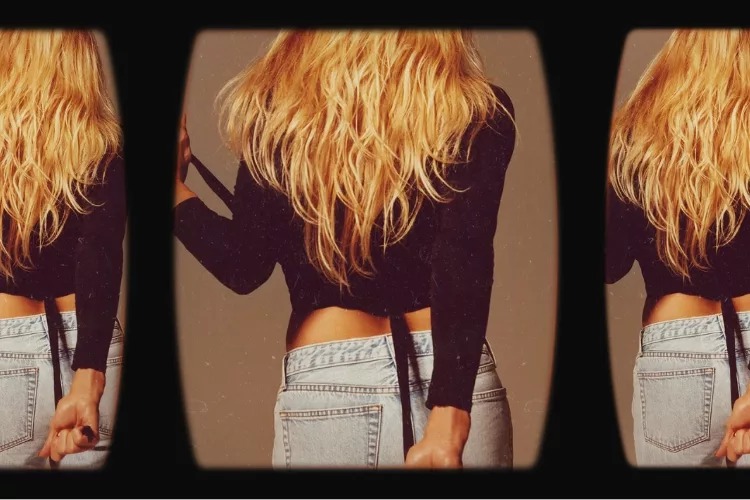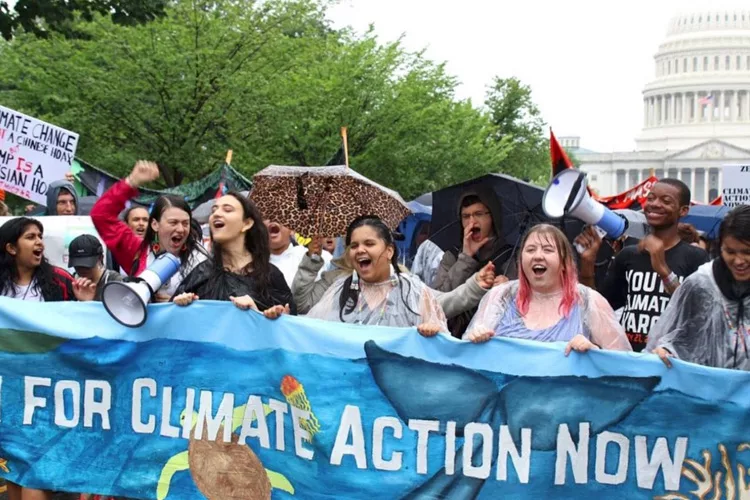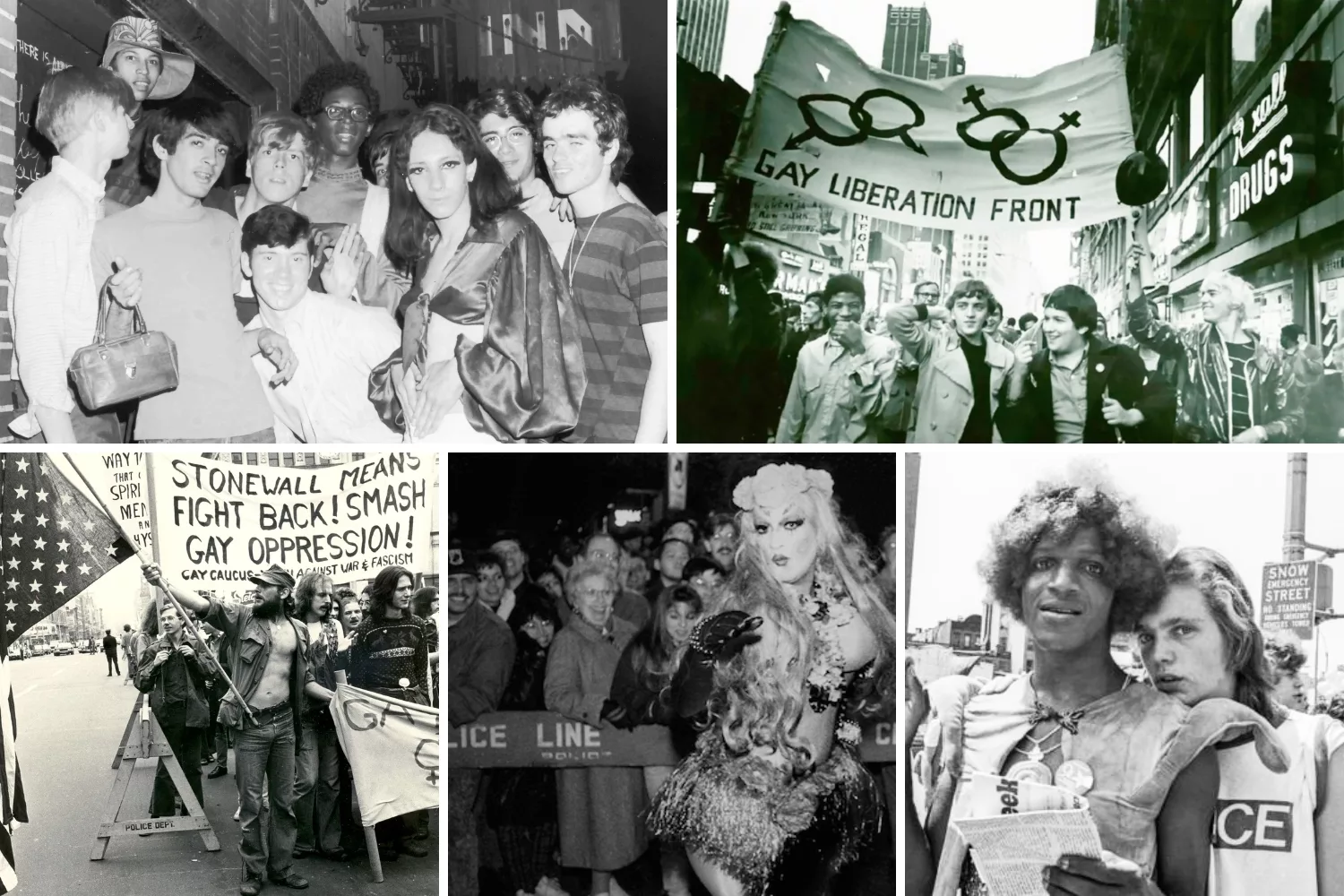
There is no denying fashion has a prominent place in queer culture
The idea of self-expression may start with how we feel, but it evolves into how we identify. As a queer woman, I find identity in cuffing my jeans or shirt sleeves, wearing rings on all my fingers, and over-accessorizing with pins on my jacket collars and overalls. And while these identifiers may go unseen by an untrained eye, queer folk have learned to study the signals of their fellow queers.
As an Arkansas resident, I also have to think daily about what I wear. It’s where getting dressed is akin to walking through a minefield. Is my identity masked enough to safely move through a place with many right-wing conservatives? Will they see right through me, and what happens if they do? My style is something I experiment with. A tool that gives me confidence in my sexuality –but it’s also what could potentially put me in danger. And in a state that has already passed eight anti-trans bills this year, my comfort in dressing more androgynous and “queer” is constantly challenged.
But today, I am tired of hiding, as I’ve been doing my whole life. In the last few years, a fire has been lit inside me. As my body and expression have become a political battleground, it’s time I take my place in protest and rebellion, which has been ongoing since the Stonewall Riots of ‘69. A fight begun when it was even more unsafe to be visibly queer. It’s time I offer my thanks to the queer trailblazers of the time and follow with the voice they protested for me to rightly have.
The ’60s was a time of social unrest. Beginning with the Civil Rights movement, protests against the Vietnam War, and the women’s movement. It was a time of progressive reform. And the decade’s fashion reflected that. Yet…this widely excluded the queer community: to have homosexual relations could end in jail time, harassment, and even death.
Gay socialization was prohibited. Kissing and marriage were out of the question. The familiarity of today’s anti-crossdress legislation was in full force. To be queer and look like it was to paint a direct target on your back. Many LGBTQ people followed what was known as the “three-article” rule. A shared idea that they had to be wearing three pieces of clothing aligned to their biological sex to avoid crossdressing arrests. When it came to being queer, the progressiveness of the period stood at a halt. And the danger to every queer person persisted.
This danger is something I could even feel as a child in the 2000s. It was one of the reasons being gay was my biggest childhood fear. While those my age were scared of monsters in the closet, I feared that monster was me. But that worry was also cushioned by queer visibility around me. Sure, the 2000s were convoluted with their opinions on the LGBTQ community, but it was nothing close to the ’60s.
Leading up to 1969, to appear queer was a radical–and risky–statement.
It wasn’t often that, in daylight, you would see a lesbian in a suit or a man in a dress. This need to hide resulted in queer nightlife and the so-called speakeasy of gay clubs becoming paramount to gay culture. It was uner the dark of the night that most felt safe. Yet even then, it wasn’t without harassment from police raids and homophobic bullies.
Yet, the LGBTQ community celebrated flamboyantly –your “average queer” intermingling with drag performers and sex workers in the clubs. And all of these would go on to play leading roles in the queer rebellion. It was also their choice of clothing or even lack-there-of that furthered the movement of sexual expression.
But on the night of June 28, 1969, almost at the finish line of this progressive decade, the queer community collectively “came out” at the Stonewall Inn in New York’s Greenwich Village. There was yet another police raid of the gay club. But this time the queers fought back and transformed the bar into a battleground for civil rights. It lasted six long days and nights.
The idea of clothing in such a revolutionary protest may seem trivial. But the immediacy of the riot meant there was no time to plan, or dress “appropriately”. You wore onto the streets the same outfit as the night before.
Stonewall was a breaking point – queers no longer masked who they were for the comfort of others
And while the clothing of the riot may not have been the initial statement, it became a sign of queer visibility – A reminder that LGBTQ people existed. It was the start of “coming out” for many, to finally claim their identity that was historically reviled.
The bravery of every queer person holding down the fort of Stonewall and fighting for their community that has led to the freedom of self expression and love.
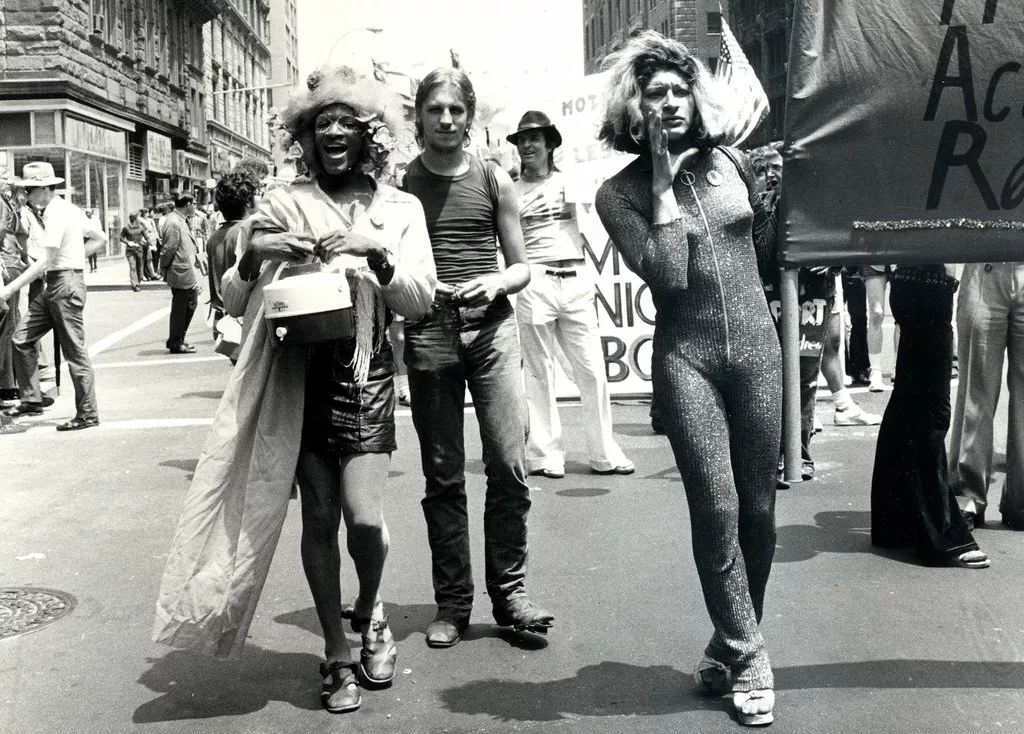
Freedom fighters such as Black trans woman Marsha P. Johnson, butch lesbian Stormé DeLarverie, and trans-Latina woman Sylvia Rivera were at the forefront of the riots, fitting into either one or both categories of drag performers and sex workers.
Johnson, one of the most widely known activists from the decade, was an icon recognized for her fierce fight and her florally feminine and accessorized style and makeup. Almost always pictured with a flower crown atop her head and a staple red lip, the laws of the time could not hide her true colors and identity. In photos from Stonewall, her style was very much the same as she proudly and furiously fought for the acceptance of her community. Her look was a direct response that vocalized she wouldn’t go without being seen and heard by the police trying to silence her.
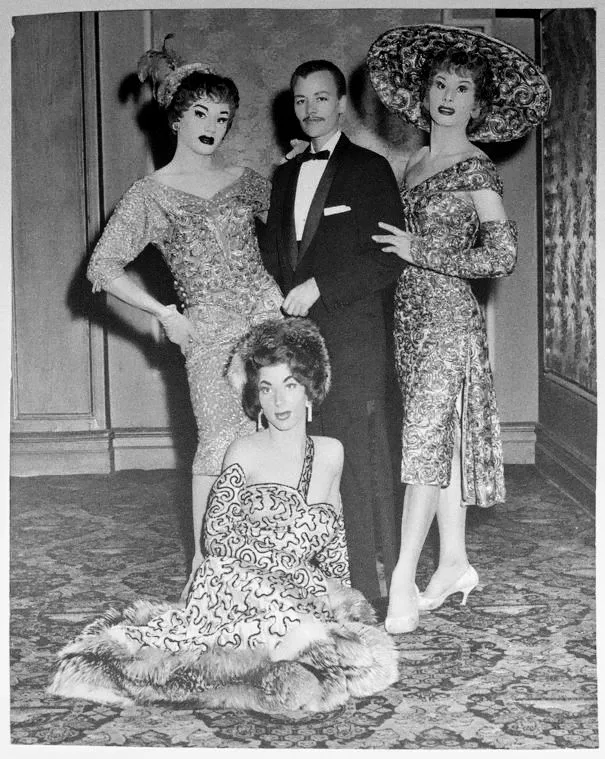
Similar but in an opposite fashion, DeLarverie, a gender-fluid lesbian and “drag-king” sported a well-tailored suit finished with a bowtie for her nightly performances. On the night of the riot, she was nicknamed the “Stonewall Lesbian” and was suspected of throwing the first punch after police tried to detain her. Her clothing set her apart from most women and drag artists, but it also made her most known. Her queer visibility and gender fluidity represented a much larger group that would go on to be able to safely defy the societal laws of the gender binary.
Stormé DeLarverie with 3 drag queens
The Stonewall riots paved the way for today’s LGBTQIA+ community and their ability to outwardly self-identify
Queer perspectives have impacted much of this decade’s fashion industry and trends and continue the art and message of previous trailblazers. Today, we are met with more and more individuals finding true gender euphoria and visibility through clothing. There is something for every butch or hyper-femme lesbian, every fem or masc gay man, bisexual person, and non-binary and transgender individual. We are the living legacy of the Stonewall revolution.
It’s been 54 years since the riots and only eight years since same-sex marriage was legalized. We are still fighting the good fight for visibility. It’s 2023, yet it seems like times are regressing for queer people. Only halfway through the year, the US has seen over 500 anti-trans and drag bills enter state legislation. Legislation that denies their right to dress against the gender binary, denies them gender-affirming care, denies the use of their preferred bathroom, and for others to deny respect of their preferred pronouns and name. A direct attack on their safety and expression. An attempt to trample their existence into the dirt. These six months felt like the fight for Obergefell v. Hodges in 2015 all over again. For the right to same-sex marriage and the freedom to finally be seen and visible to a whole nation. In 2015 I was a 12-year-old identified straight pre-teen who didn’t know any different. Now I am 20 year old, happily identified queer woman.
I have struggled with and ultimately found my true identity in these eight short years. I have found community and friendships with people across the sexuality spectrum. These people are my family, which is why it’s so hard to see bill after bill attack many of their rights. It leads me to wonder, when will I be next? When will Obergefell be overturned, just like Roe was only a year ago? When will the state decide I am undeserving of happily loving a woman or non-binary person? Decide I can’t freely express myself? When will the time come if we don’t continue to protest for our right to be visible?
As pride month comes to a close, I challenge every LGBTQIA+ person to continue being loud and proud and unapologetically themselves. Now more than ever, we need to be visible past the month of June for our happiness and freedom to love who we want. We will not regress, and we will persist.
– Natalie Murphy
Related Articles

